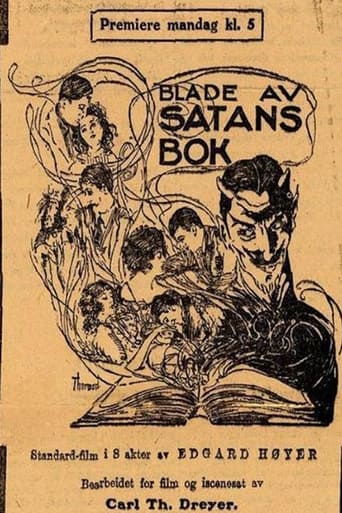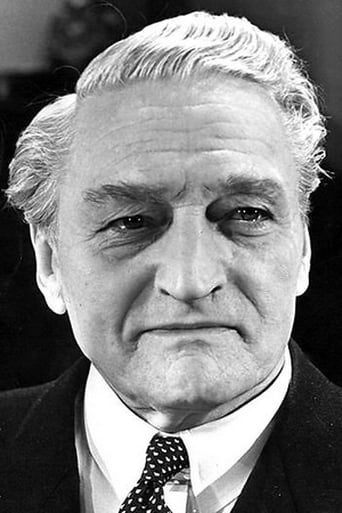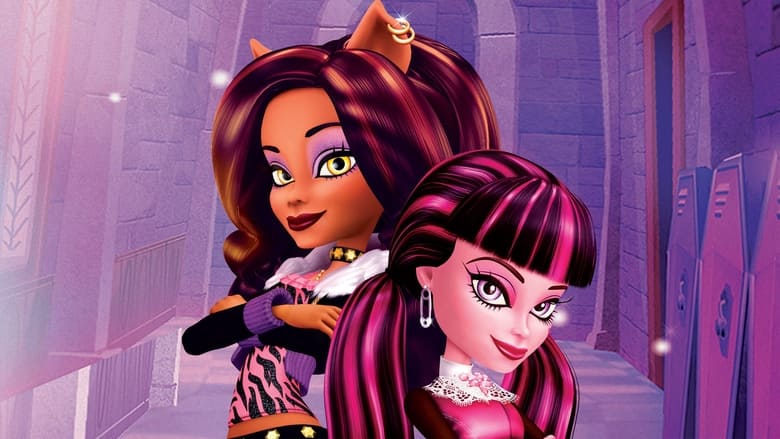The power of Satan is highlighted in four historical tales: the betrayal and subsequent arrest of Jesus, the Spanish Inquisition, the French Revolution and the execution of Marie Antoinette, and the Finnish War of Independence in 1918.


Reviews
A story of Satan, who, according to the film, was originally God's "Angel of Light". But, He wanted to be God-like. As punishment, God periodically orders Helge Nissen (as Satan) to "'Continue thy evil doings!'" And, director Carl Theodor Dreyer traces the Evil One's deeds through the ages. The film concentrates on three historically set studies: the crucifixion of Christ, the Spanish Inquisition, and the French Revolution; with the fourth, and last, leaf in Satan's book the (then) contemporary Russian invasion/occupation of Finland. Dreyer is clearly inspired by D.W. Griffith's infinitely superior, and highly recommended, "Intolerance" (1916). Elith Pio (as Joseph) and Clara Pontoppidan (as Siri) give focal, heroic performances in the latter two stories.***** Blade af Satans bog (1921) Carl Theodor Dreyer ~ Helge Nissen, Clara Pontoppidan, Elith Pio
Carl Theodor Dreyer's second feature film is an ambitious study of evil through the ages, but the great Danish filmmaker is years away from his masterpieces of The Passion of Joan of Arc, Vampyr, Day of Wrath, Ordet and Gertrud. The inexperienced filmmaker was influenced by D.W. Griffith's 1916 Intolerance and aimed to map out the path of the Devil using Griffith's innovative filming style as a guide. He added on his realistic approach to the subject matter, as he believed realism to be the most essential part of any film.Like its inspiration, Intolerance, Leaves from Satan's Book contains stories from four historical periods linked thematically. Unlike Griffith's film though, Dreyer chose not to cross cut between stories, which makes for a less confusing film.Satan is the character who links the four stories. The film starts with his fall from grace, as told through inter-titles, and God's proclamation that he walk the Earth tempting humanity. For each soul that turns from God, 100 years will be added to Satan's sentence, but for every person who resists his temptations, 1000 years will be removed. Hoping to fail in his duties so that he may be admitted back into heaven, Satan tries to get men to betray what they hold most dear in four eras of history.The first section of the film is the biblical story of Jesus' betrayal by Judas. The next story takes place during the Spanish Inquisition. The third section of the film takes place during the French Revolution. The final segment is set in the Finland during the Russo-Finnish war of 1918. As a film, this wasn't Dreyer's best, but it was fairly entertaining. This early Dreyer film shows his almost innate ability to compose attractive images within the limits of the frame.Though this film isn't the grand spectacle he was hoping for, Dreyer did a wonderful job with it. His use of the film frame and style of story telling make this a movie interesting and attractive to watch.
Had I reviewed this back in 1921, I might have given the film a score of 9 because it was technically very well made. The direction, cinematography and acting are excellent for the era--there are absolutely no complaints there. Unfortunately, today I am only giving it a score of 7 because of this technical merit--otherwise, the film is very dated and hard to watch due to its preachy and heavy-handed plot. It's also a Danish attempt to cash in on D. W. Griffith's INTOLERANCE by making essentially the same film.The film is about three ages of mankind that together prove that mankind stinks and that the Devil is the master of betrayals. The first segment is about the crucifixion of Jesus, the second the Inquisition and the third the Reign of Terror. All these segments look like elaborately staged but soul-less recreations done in a documentary style. Sure, the sets are great, but there is no life to the scenes at all.The Christ segment is interesting because Jesus looks exactly like the very inaccurate traditional paintings of Him. This is pretty cool, but he appears about as Jewish as a polar bear! I was also disappointed because although this part of the film was very close to the Gospels, the part about Peter chopping off one of the soldier's ears wasn't included! The Inquisition segment is interesting because it seems to imply that the young monk who joined the inquisitors raped the woman he loved who was arrested and tried--then she is, apparently, killed! This is highly reminiscent of THE HUNCHBACK OF NOTRE DAME. As for the Reign of Terror segment, it seemed to imply that Louis XVI and Marie Antoinette were innocent victims--an interesting interpretation of history if you ask me!So, if you like to see elaborate recreations of historical events that aren't all that compelling or interesting, then this is your film! Otherwise, there are many, many silent films far worth seeing.
Carl Theodor Dreyer is the greatest filmmaker to come out of Denmark, but not here. This was early in his career, so I suppose it's excusable. Dreyer connects four stories from Christ to modern times just as D.W. Griffith did in "Intolerance" (1916), which obviously was the inspiration for this film. Story-wise, the four periods are more connected in this film, with Satan binding them; there's only the theme of intolerance throughout the ages and all that for "Intolerance". It's the radical editing in "Intolerance", however, that links its periods on much higher levels, ending in an exciting, emotional and astonishing climax. Dreyer doesn't get enough sympathy out of Satan to make up for that.The cinematography and film-making here are what one might expect from the era--prosaic, indeed. There are a few close-ups and some panning for practical purposes. A few shots were okay (a shot a la Leonardo da Vinci's The Last Supper, a silhouette of a guillotine, POV shots out a window, some of the dolly movements inside), but most of it's basic--boring by today's standards. There's lots of masking, which Griffith and Bitzer are well known for, with opening iris shots and such, but there's probably too much of that here, and it's certainly not enough to make the film visually appealing. Satan doomed to continue his evil deeds during the life of Christ, the Spanish Inquisition, the French Revolution and the Russian occupation of Finland just isn't interesting enough of a story by itself to make the two hours worth it.








